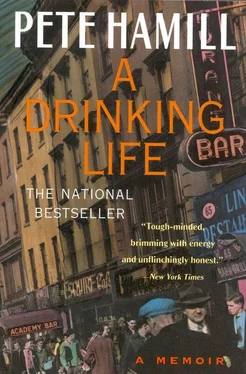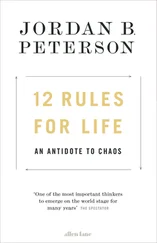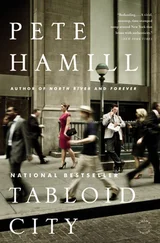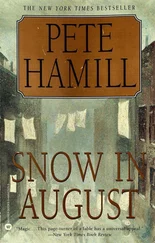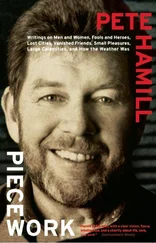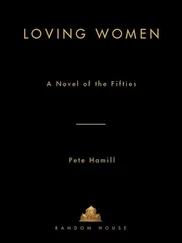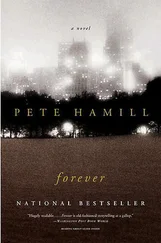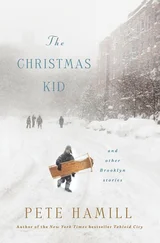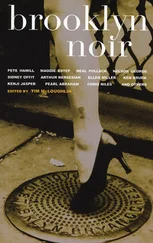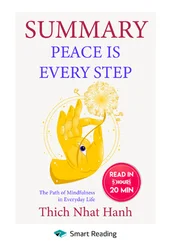The newspapers fed me in a different way. And everything I learned from the newspapers seemed to lead to something else. In one of them, I saw a story about the death of a painter named John Sloan. He was 80 years old and a member of a group called the Ashcan School, the paper said, and it showed one of his drawings of people under the Third Avenue El. I went to the library and found books that showed his paintings and etchings and copied them into my own sketchbooks. Those pictures had nothing to do with comics. Instead, they were about a world that I recognized, even if most of them were made in the 1920s. The El. The streets of Manhattan. The dark city looming at twilight. I loved Sloan’s lumpy Irish face too; he could have stood right at the bar in the Parkview, talking or singing. He even painted bars, for the books showed several works about a place in Manhattan called McSorley’s. He caught the dark snug safety of a bar, the golden warmth it could give you on a cold night. His bars had no jukeboxes or shuffleboard machines in them. But I had seen places like them all over Brooklyn. One Saturday afternoon, I went over to see McSorley’s, down the street from the Third Avenue El. The oldest bar in New York, a sign said. I was thrilled; it was exactly the way Sloan had painted it, dark and romantic, with old pictures on the wall and a potbelly stove and lumpy men at the bar and tables. I took a breath and went in. But the bartender asked me for a draft card and I left in a mixture of humiliation and panic. Still, John Sloan had his effect on me: I started sitting in booths at the Parkview and drawing the men at the bar.
Who the hell is that? a guy would say.
You.
I don’t look like that, come on, kid.
You look worse than that, Jerry, another guy would say.
If I did, I’d fuckin’ kill myself.
The older men seemed amused by me, the kid from upstairs who worked in the Navy Yard and drew pictures in the bar.
You oughtta do that for a living, kid, said a bartender named Brick.
Brick, don’t encourage him. He’ll end up in the fuckin’ Village wit’ the faggots.
Impossible. He’s a fuckin’ Catlick!
They all laughed. I drew their pictures and they asked for copies and I handed them out as if they were my tickets to the show. In the Navy Yard, I could drink with men because I worked with men; in the Park-view, I could drink with men because I drew their pictures. The world was a grand confusion. Finally, when I was bleary, when my hand wouldn’t do what I wanted it to do, I went home. I would lie alone in the dark, feeling that I was a character in a story that had lost its plot.
Then one Sunday before Christmas I saw a story in the Journal-American about Burne Hogarth, the artist who used to draw Tarzan. He and some other people had started the Cartoonists and Illustrators School on Twenty-third Street in Manhattan. There was a picture of Hogarth in a classroom full of easels, just like the photographs of John Sloan at the Art Students League. He was teaching in a real school. Now. Not in the distant past. Not in some remote place. Here. In New York.
Suddenly, after months without a narrative line for my own life, I felt the story again. The next day after work, I went to Twenty-third Street and after twenty minutes of hesitation, walked into the Cartoonists and Illustrators School. It was located then on the corner of Second Avenue and Twenty-third Street (later it became the School of Visual Arts and moved up the street to grander quarters). I was dressed in my rough work clothes from the Navy Yard, but that didn’t seem to matter; almost everybody else was dressed the same way. There was a wonderful pungent odor in the air (a mixture, I learned later, of turpentine and linseed oil) and a busy sense of purpose and direction, people carrying large manila portfolio envelopes or stretched canvases or pieces of unfinished plaster sculptures. There were dark-haired girls with vivacious eyes. There were young men with paint-stained dungarees. They talked and laughed and smoked until a bell rang somewhere and they all hurried away to unseen classrooms. In the office, I was given a catalog, which I accepted clumsily. Then I turned around and walked out.
All the way home on the subway, I read the catalog over and over again. The newspaper story was true: the great Burne Hogarth was teaching three nights a week. Drawing and anatomy. The term started in the first week of January. The tuition was thirty dollars a month. Almost a full week’s pay. But I could do it. Somehow. If I ate less. If I didn’t spend money drinking. I could do it. Yes. Do it.
AND SO I DID.
The classroom was a large studio on the top floor. Easels were scattered everywhere, facing a wooden model’s platform, while one easel faced us. There was an empty stool on the platform. The floors were scabbed with dried paint, a thousand drips and spatters of color. Most of the students were young men, all of them older than I was; there were three young women. They seemed to know each other and laughed and joked in an easy way. I found an empty easel and watched them set up their newsprint pads and take out their black chalks. I did the same. I was very nervous.
A few minutes before seven a gray-haired woman walked in, dressed in a blue-gray smock. She sat on the edge of the platform, smoking a cigarette and reading a book. She was wearing slippers. Her hair was pulled back tightly and tied into a pigtail. She was about forty. Nobody seemed to notice her. Three guys near me were looking at some yellowing pages of Hal Foster’s Prince Valiant. I looked at the woman’s face, her long nose and dark eyebrows, and wondered how Foster would draw her.
Then, at seven o’clock sharp, a compact mustached man arrived. His hair was a shiny black, combed straight back. He wore a button-down shirt, dark tie, sharply creased slacks, and polished loafers. The room hushed as the man placed his own large newsprint pad on the easel beside the stand. He looked more confident than anyone I’d ever seen. This was Burne Hogarth.
All right, folks, he said, let’s get started.
I realized that my hands were already black from a mixture of sweat and compressed charcoal. I saw the guy next to me tear the cover sheet off his pad and I did the same. The woman put out her cigarette in a small ashtray, then took off her robe, stepped out of her slippers, and went to the center of the platform. I gazed at her body, her small hard breasts, the thick ridges of pale flesh around her stomach and thighs. Jenny’s flesh was smoother and darker. The woman looked cold under the blue fluorescent lights. I could see veins in her legs. Her pubic hair was gray.
We’ll do some one-minute poses to loosen up, Hogarth said. All yours, model.
Suddenly everybody was drawing furiously, as the woman assumed one pose after another, bending, twisting, stretching, firing invisible arrows from invisible bows. My drawing was cramped and tight, as I started at the top of her head and worked my way down. I was used to small drawings, penciled first, then laboriously inked. Every time I moved down from the head, she changed the pose again. I heard the others tearing pages off their pads. I saw that one student was as stiff as I was; another was bold and swift. I felt clumsy. Suddenly Hogarth was beside me.
Forget the eyebrows, he said. Just get the gesture, the big shape. Scribble it, but make the big shape fit on the page. No details.
He moved away. I tore off the page, then scribbled in a big bold shape.
Use the side of the chalk, not the point, Hogarth was telling another student. Big and blocky, nice and bold.
Now I could hear chalk on paper all over the room. I didn’t look at anything except the model, locking in, me and her and the chalk on paper. Now I saw that she had a long beautiful neck, and I wondered how she had come to this room.
Читать дальше
